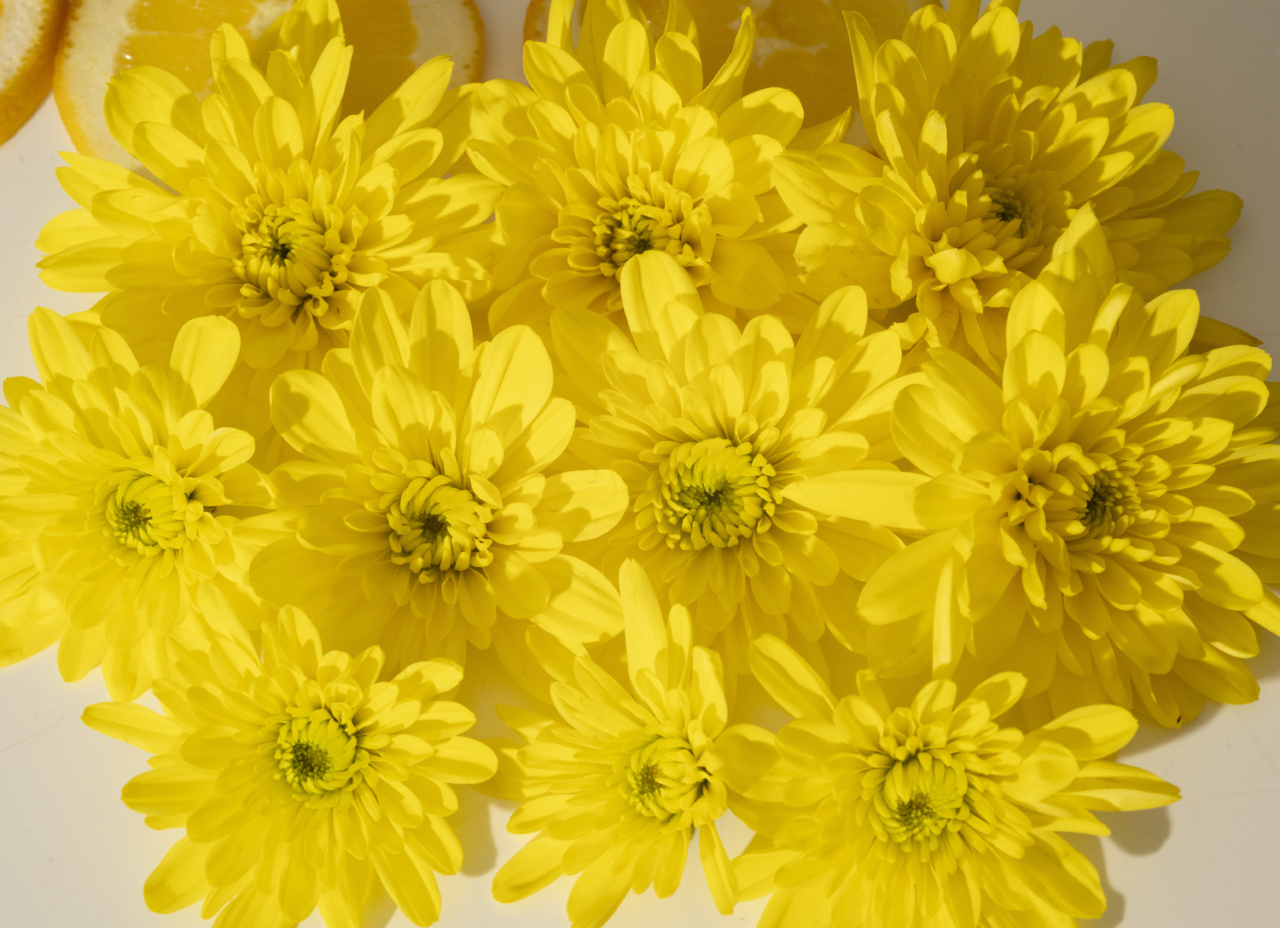Allergies can be a major hindrance in everyday life, especially during the spring and summer seasons when pollen counts skyrocket.
Pollen allergies, also known as hay fever or allergic rhinitis, can cause a range of symptoms including sneezing, itching, watery eyes, congestion, and even asthma attacks in severe cases. Fortunately, there are steps you can take to shield yourself from pollen allergies and enjoy the great outdoors without the constant discomfort. In this article, we will guide you through effective measures to protect yourself from pollen problems.
1. Check the Local Pollen Forecast
Staying informed about the pollen count in your area is essential for managing your allergies effectively. Many weather websites and apps provide daily pollen forecasts based on data collected by local meteorological departments.
Keeping an eye on these forecasts will allow you to plan your outdoor activities on days when the pollen counts are lower, reducing your exposure.
2. Time Your Outdoor Activities Wisely
Pollen levels are typically the highest during the early morning hours, so try to avoid spending extended periods outside during this time. Instead, plan your activities for later in the day when pollen levels tend to be lower.
Additionally, after a rain shower, pollen levels are temporarily reduced, so taking a walk or engaging in outdoor activities during this time can help minimize your exposure.
3. Create a Pollen-Free Zone in Your Home
Your home should be your sanctuary from pollen, but if you’re not careful, you can unknowingly be bringing allergens indoors. To create a pollen-free zone in your home, keep windows closed, especially during peak pollen times.
Use air purifiers with HEPA filters to trap and remove pollen particles from the air. Regularly clean and vacuum your home to get rid of any pollen that may have made its way indoors.
4. Practice Good Personal Hygiene
After spending time outdoors, it’s crucial to practice good personal hygiene to prevent pollen from sticking to your body and clothes. Take a shower, wash your hair, and change your clothes to remove any pollen particles that may have settled.
This will help you avoid carrying pollen into your home and prevent prolonged exposure to allergens.
5. Wear Protective Clothing
When venturing outside, wearing protective clothing can act as a barrier between you and pollen. Opt for long-sleeved shirts, pants, and hats to cover as much of your skin as possible.
Sunglasses can protect your eyes from pollen particles and also shield them from harmful UV rays. Don’t forget to wash your clothes immediately after returning indoors to remove any pollen that may have accumulated.
6. Use Pollen-Reducing Nasal Sprays
Nasal sprays specifically designed to reduce pollen allergy symptoms can provide instant relief. These sprays work by reducing inflammation in the nasal passages and helping to alleviate symptoms like congestion and sneezing.
Consult with your healthcare provider or pharmacist to find the right nasal spray for your needs.
7. Keep Your Car Pollen-Free
Many people spend a significant amount of time commuting in their cars, making it important to keep the vehicle pollen-free. Keep windows closed while driving and use the air conditioning instead.
Regularly clean the interior of your car, including the dashboard, seats, and carpets, to minimize pollen buildup.
8. Choose Pollen-Resistant Plants
If you’re an avid gardener or simply enjoy having plants around your home, selecting pollen-resistant plants can significantly reduce your exposure to allergens.
Some plant species produce minimal pollen or have pollen that is too heavy to be carried by the wind, making them ideal choices for allergy sufferers. Opt for flowers like tulips, daffodils, and roses, which are less likely to trigger pollen allergies.
9. Consider Allergy Medications
In some cases, over-the-counter or prescription allergy medications may be necessary to manage pollen allergies effectively.
Antihistamines, nasal corticosteroids, and decongestants are commonly used to relieve symptoms like sneezing, itching, and congestion. It’s advisable to consult with an allergist or healthcare professional to determine the best medication regimen for your specific needs.
10. Consult an Allergist
If your pollen allergies are severe or significantly impact your quality of life, consulting an allergist is recommended. They can conduct tests to identify specific allergens that trigger your symptoms and develop a personalized treatment plan.
Allergy shots, also known as immunotherapy, can be highly effective in desensitizing your immune system to pollen allergens, providing long-term relief.
By following these steps and taking proactive measures, you can shield yourself from the pollen problems that often accompany allergies.
Remember to stay informed about the local pollen forecast, time your outdoor activities wisely, create a pollen-free zone at home, practice good hygiene, wear protective clothing, use nasal sprays, keep your car pollen-free, opt for pollen-resistant plants, consider allergy medications, and consult with an allergist if needed. With these precautions in place, you can navigate the pollen-filled seasons with reduced discomfort and enjoy the beauty of nature.






























